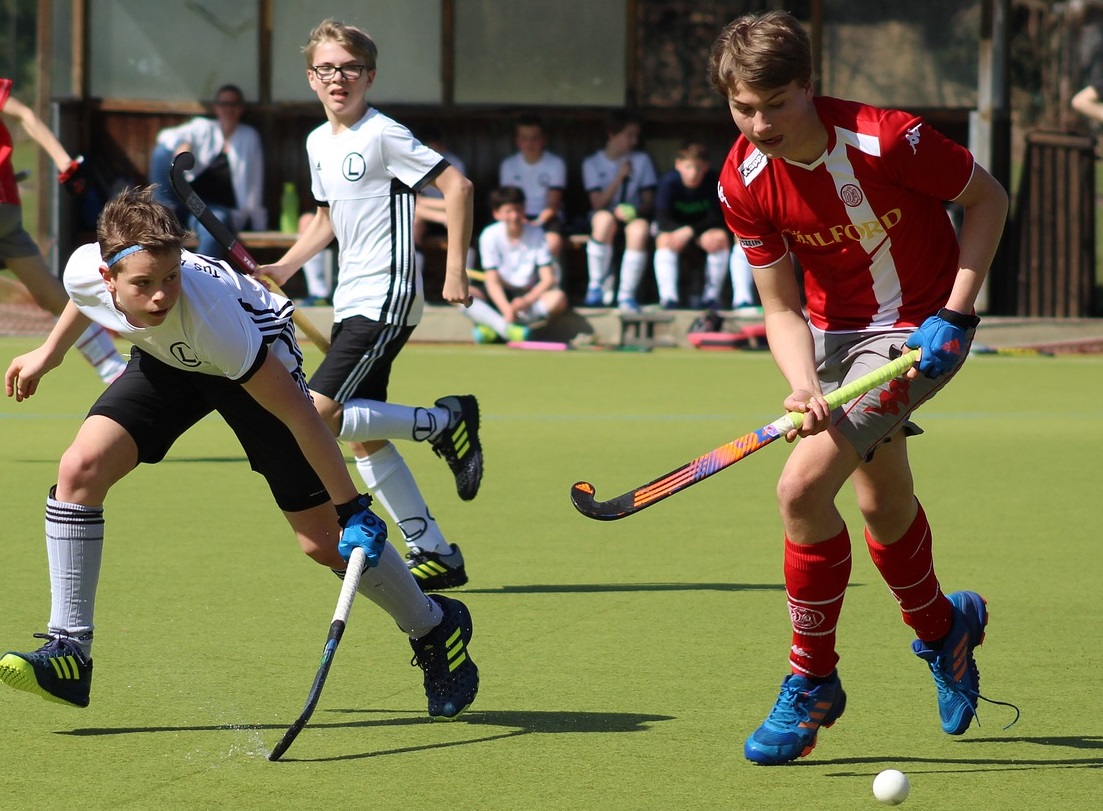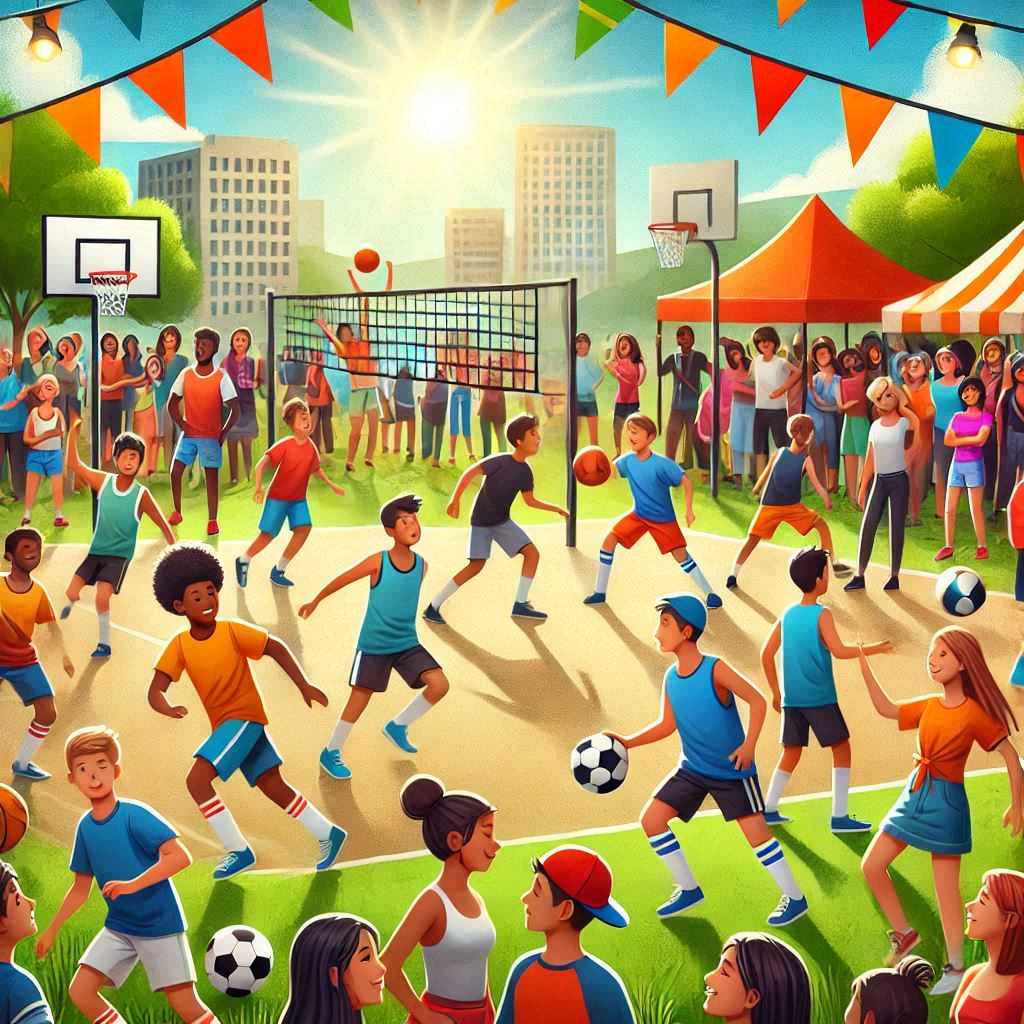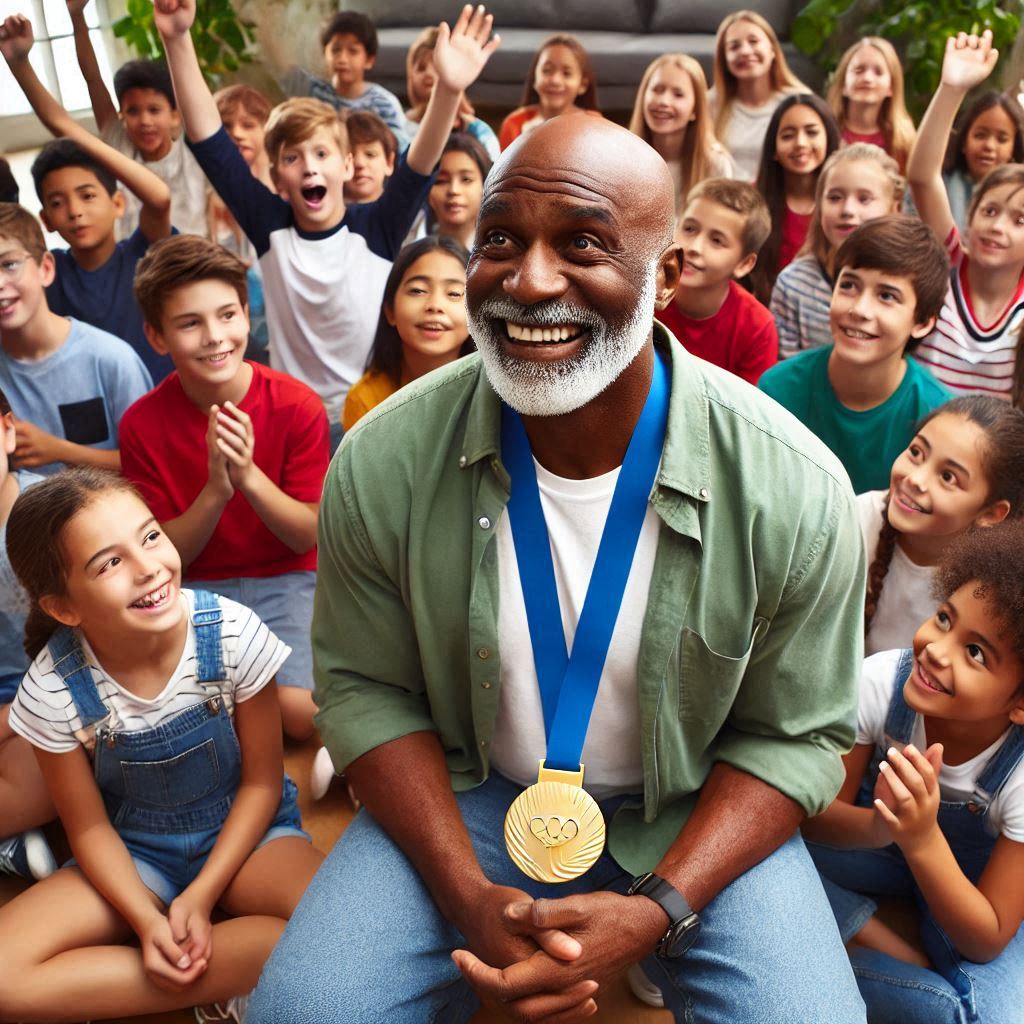How Coaches Can Use Invictus Sport to Help Junior Athletes Reach Their Development Milestones
Developing junior athletes is one of the most important — and most challenging — roles a club coach can take on. Between managing training sessions, game day logistics, and varied skill levels across players, ensuring that every athlete progresses in their development can feel overwhelming.
That’s where Invictus Sport steps in — a powerful platform that enables coaches to provide personalised feedback through video, helping young athletes stay on track and reach their full potential.
Why Skill Development in Juniors Matters
In junior sport, especially between ages 8–14, technical skill development lays the foundation for everything that follows. Whether it’s mastering ball control, movement off the ball, or learning how to shield under pressure, these early skills need to be taught right — and reinforced consistently.
But in a typical grassroots club setting, coaches are outnumbered. Players often miss key feedback moments simply because time runs out.
Closing the Feedback Loop with Invictus Sport
Invictus Sport allows athletes to submit videos of their training or game clips, which coaches can then review and comment on asynchronously.
This means:
-
Feedback is not limited to training nights
-
Athletes get direct, personalised insight on what to improve
-
Coaches can track progress over time, even during the off-season
Encouraging Social Learning
One of the most powerful features of Invictus Sport is the ability to learn by watching others. Players can see feedback given to peers or even older athletes in the club, helping them internalize correct technique through observation.
This mirrors how young people learn on platforms like YouTube or TikTok — short, visual, bite-sized content that connects directly to what they care about.
Making Coaches More Efficient
By using Invictus, coaches:
-
Save time at training for team-based work
-
Can support more players, even across multiple teams
-
Build a digital library of skills, benchmarks, and past feedback to reuse
Even clubs with part-time or volunteer coaches can now offer high-level development support without burning out their staff.
Outcome: Real Progress and Retention
When junior players see themselves improving — and when parents see that improvement backed by coaching insight — your club builds trust, professionalism, and loyalty.
Players are more likely to stick with the sport, stay engaged, and aim higher.
Getting Started
If you're a club coach or committee member looking to lift the standard of junior development in your club, Invictus Sport offers an easy, low-cost way to start.
Whether it’s:
-
Creating a monthly skill check-in system
-
Using video to support trial assessments
-
Offering extra development pathways to talented juniors
Invictus is the tool to make it happen.
Want help setting it up for your club or association? Contact us at support@invictussport.coach.






